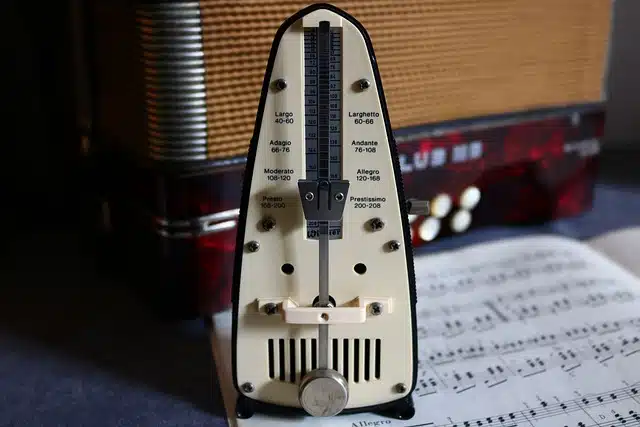
The idea of adagio can be linked to a certain tempo.
Adagio is a word that can derive from two different etymological sources: from the Latin adagĭum or from the Italian adagio . In the first case, the concept belongs to the field of linguistics and is used to name a concise expression that usually has a moral teaching and is easy to memorize or learn.
An example of an adage is "Better late than never." In this case, the sentence invites action, even when it seems that the opportunity has already passed. The adage proposes leaving a passive state to take action .
Adages are similar to sayings , maxims , proverbs and aphorisms , among other types of expressions. At a general level it can be said that they function as a guide since they suggest certain behaviors, sometimes appealing to humor or irony.
Adagio in music
When adagio comes from the Italian language , its use is in the field of music . The notion refers to a certain tempo . The adagio involves the execution of between sixty and seventy-two quarter notes per minute.
With respect to the concept of tempo , essential to understand this meaning of the term adagio, it is the speed at which a musical work must be performed. It is also known as air or movement and in a score it is normal to find the indication of this speed at the beginning of the piece, on the staff .

Ludwig van Beethoven created well-known adages.
How to mark the tempo
Throughout history, the way of marking the tempo of a work has changed, since the metronome (the device used to assist musicians in the execution or reading of a piece through a sound division of time , usually with a ticking similar to that of a clock) was not widely adopted until the 19th century. One of these forms, precisely, was based on the inscription of a word that gave an approximate idea of the character or "state of mind" that the composer intended to express at each moment, and among them are allegro, andante and, of course , adage.
With the invention of the metronome, which took several centuries to adopt the design and functionality we know today, it became possible to make much more precise notations: for example, how many quarter notes should be played per minute. Although music should not be understood in a mechanical and invariable way, but rather spontaneous and natural, it is important to have this information to know how composers want us to reproduce their creations, regardless of whether we then add new nuances in our execution.
Value of the adage
If the adagio is found as a tempo indication, then it is very common that there is also a value corresponding to the metronome; The way of interpreting it varies depending on the period of the score, and that is why we have the following correspondences: in an old score, the adagio is equivalent to 54 quarter notes per minute; With the use of an electronic metronome, we are talking about a range that goes from 56 to 78 quarter notes per minute; This range is between 60 and 72 quarter notes per minute if the score is contemporary. If we compare it with other indications, adagio represents a greater speed than longitude, larghetto and grave , but a lower speed than andante .
The adagio usually appears in the second or third movement of a concerto or symphony . Its duration is variable since there are examples that range from three to fifteen minutes. Ludwig van Beethoven is the author of one of the best-known adages: it is the one we can see in the first movement of "Moonlight" , a piano sonata that he presented in 1802 .
